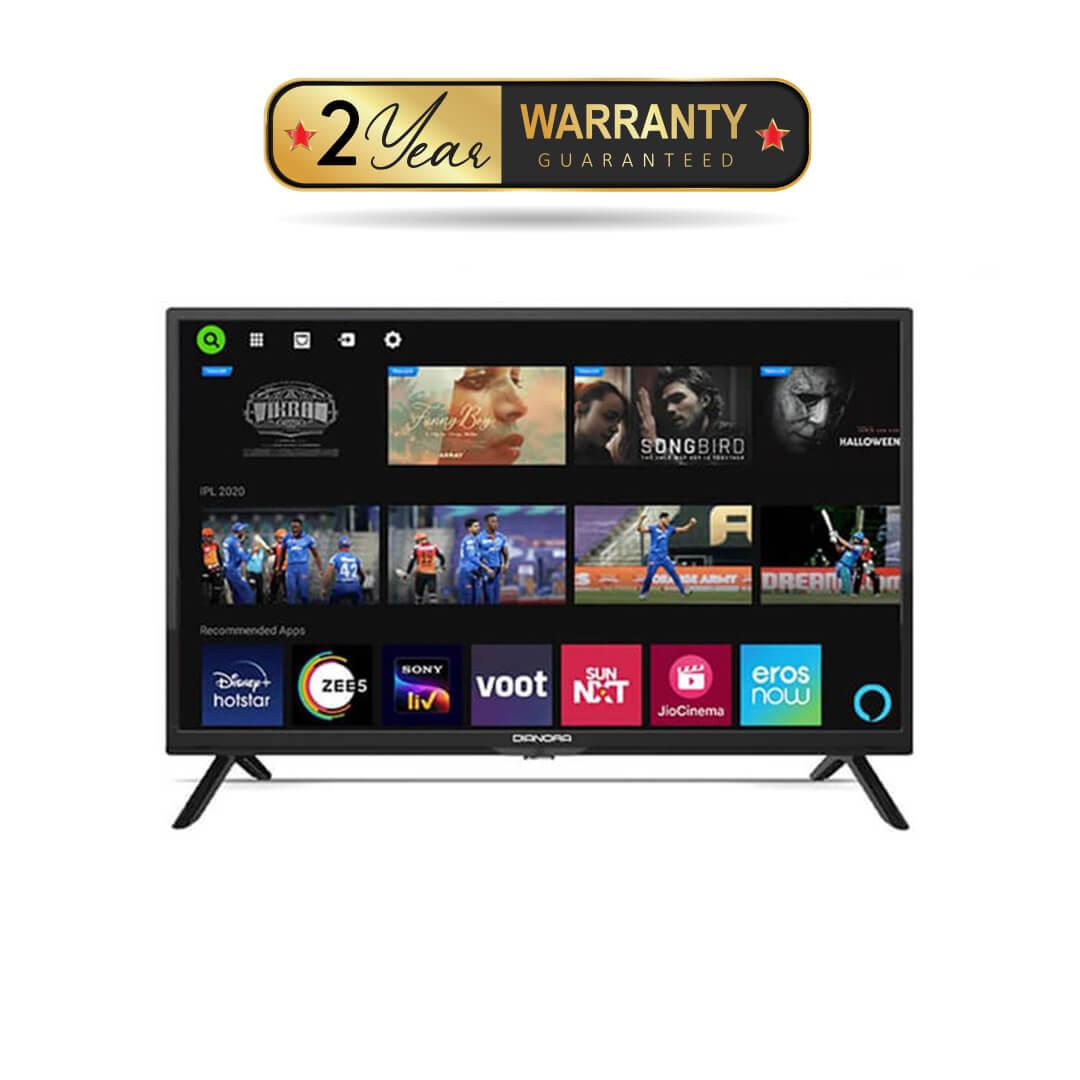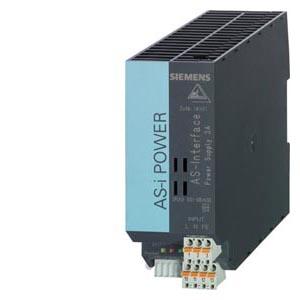In an era where technology increasingly intertwines with daily life, smart TVs have emerged as a staple in modern households, promising a seamless blend of entertainment and connectivity. However, as manufacturers race to outdo each other with a plethora of features, a pressing question arises: are these smart TVs overwhelming users with unnecessary complexities? This article delves into the current landscape of smart television technology, examining whether the abundance of features enhances the viewing experience or merely complicates it. Through an analytical lens, we will explore consumer expectations, usability, and the balance between innovation and practicality, aiming to uncover whether the smart TV evolution is truly serving its audience or straying into excess.
Evaluating User Experience in Feature-Rich Smart TVs
In the rapidly evolving landscape of smart TVs, the sheer volume of features available can sometimes overshadow the primary goal: enhancing user experience. While these televisions promise a seamless integration of entertainment and connectivity, the complexity of their interfaces can often lead to user frustration. Overloaded menus, multiple apps, and complex settings can make navigation cumbersome, particularly for users who prioritize simplicity and ease of use.
To assess the impact of these feature-rich devices on user satisfaction, several key factors need consideration:
- Intuitive Interface: How easily can users navigate through the options without feeling overwhelmed?
- Feature Relevance: Are the features enhancing the viewing experience or merely adding to the clutter?
- Customization Options: Can users personalize their experience to focus on what truly matters to them?
Balancing innovation with usability is crucial, as manufacturers strive to deliver not just more features, but smarter ones that align with user needs.

Balancing Innovation with Usability in Television Design
In the race to pack more features into smart TVs, manufacturers often walk a tightrope between innovation and usability. While the allure of cutting-edge technology is undeniable, the end-user experience can suffer when too many features are crammed into a single device. A television is no longer just a medium for watching content; it has become a hub for streaming, gaming, and even home automation. However, this evolution raises the question: are all these features truly enhancing the user experience, or are they simply overwhelming?
Consider the following aspects that impact usability in smart TV design:
- Interface Complexity: A cluttered and unintuitive interface can deter users from fully utilizing their TV’s capabilities.
- Performance Overload: Too many background processes can lead to lag, diminishing the seamless experience users expect.
- Redundancy of Features: Many users may find themselves ignoring features they never wanted or needed, questioning the necessity of their inclusion.
Ultimately, the key lies in striking a balance where innovation meets functionality, ensuring that advancements genuinely enhance rather than complicate the viewing experience.

The Impact of Overloaded Interfaces on Consumer Satisfaction
In the quest to offer the latest and greatest, manufacturers often cram smart TVs with an overwhelming array of features. While the intention is to enhance user experience, this can lead to frustration and dissatisfaction. Users may find themselves sifting through endless menus and settings, detracting from the primary purpose of the device: enjoying content seamlessly. The complexity can be especially daunting for those less tech-savvy, leading to a steep learning curve.
Several factors contribute to this issue:
- Cluttered Interfaces: Navigating through a labyrinth of apps and options can be time-consuming and confusing.
- Redundant Features: Many users may never utilize certain functions, rendering them unnecessary and intrusive.
- Inconsistent Updates: Frequent software updates can alter familiar interfaces, further complicating user interaction.
By prioritizing a streamlined, intuitive interface, manufacturers can significantly enhance consumer satisfaction, making the smart TV experience more accessible and enjoyable for all users.

Streamlining Smart TV Features for Enhanced User Interaction
In the quest for delivering cutting-edge technology, manufacturers often cram smart TVs with a plethora of features. While innovation is key, the result can sometimes overwhelm users, turning a simple viewing experience into a complex navigation exercise. Simplification is essential to ensure that users can easily access and enjoy the functionalities that truly enhance their experience.
To streamline smart TV features, consider focusing on the following:
- Intuitive Interfaces: Simplified menus and clear categorization can make navigation effortless.
- Customizable Home Screens: Allow users to pin their most-used apps and settings for quick access.
- Voice Commands: Enhance accessibility by integrating responsive and accurate voice recognition.
- Minimalistic Design: Focus on essential features and reduce clutter to improve user engagement.
By prioritizing user-friendly design and essential functionalities, smart TVs can offer a more satisfying and less daunting experience, ultimately leading to enhanced interaction and greater user satisfaction.



